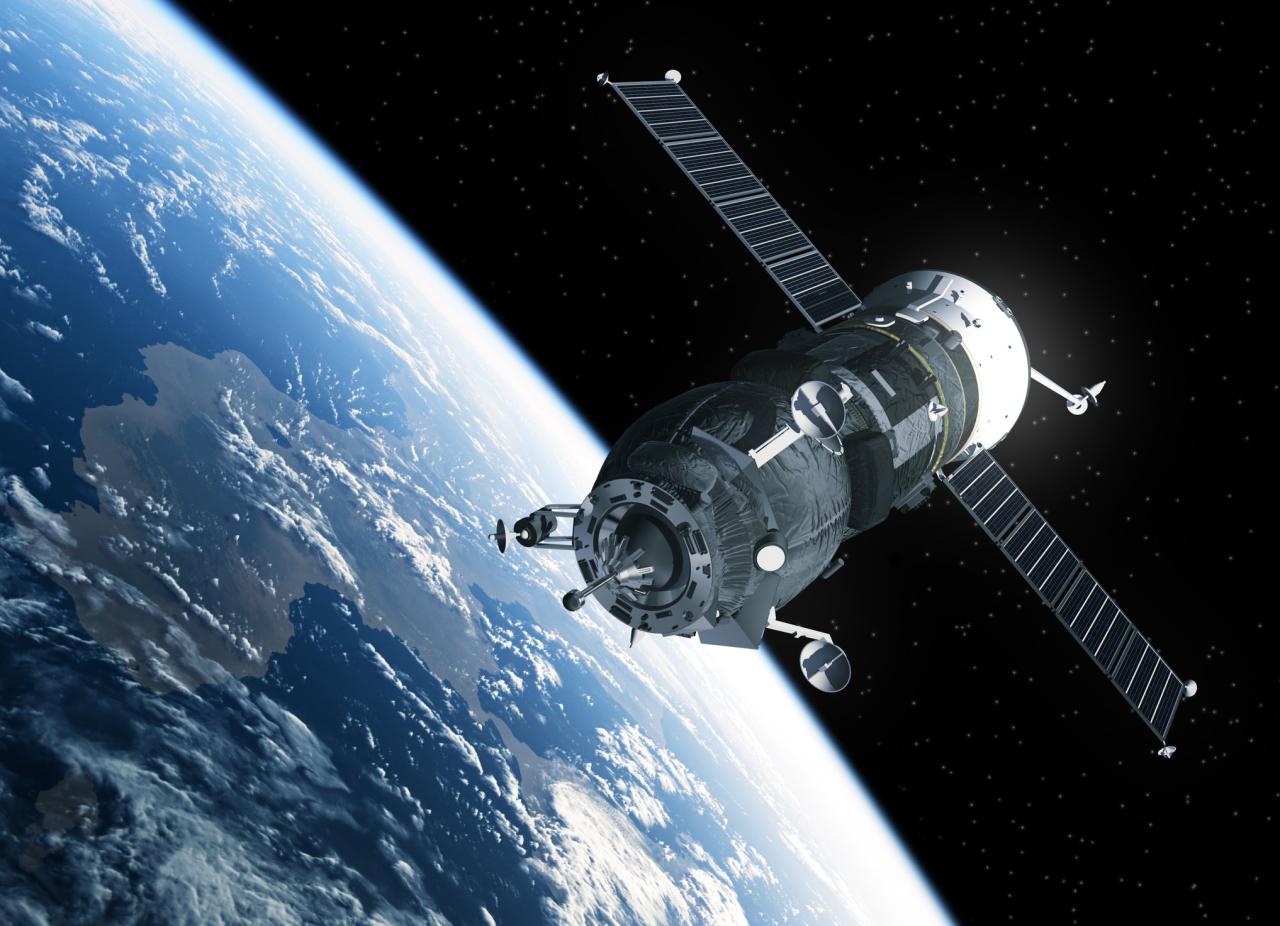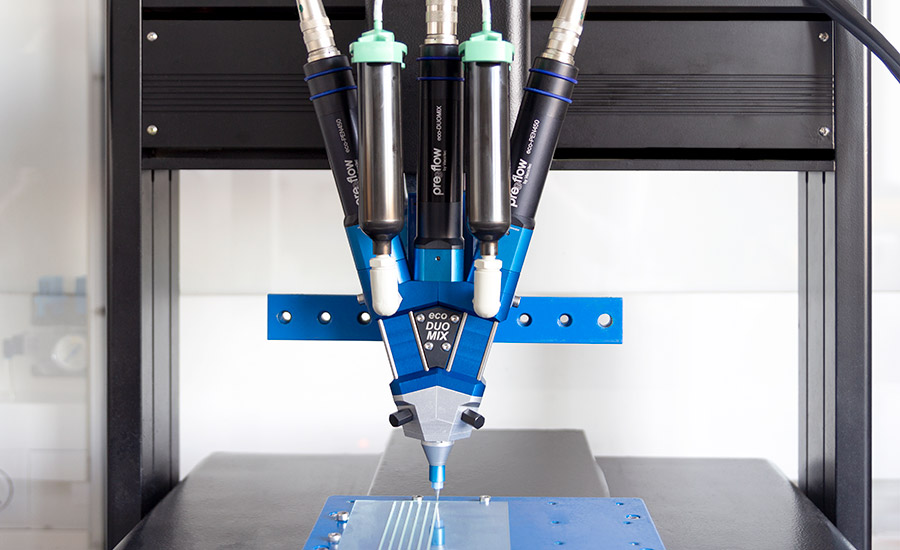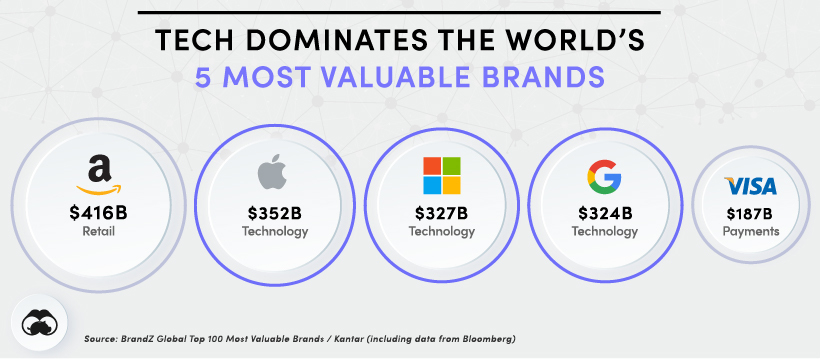Cloud Space Technologies: Transforming Modern Computing
Cloud space technologies are revolutionizing the way we compute, offering unprecedented flexibility, scalability, and cost-effectiveness. These technologies encompass a wide range of services and platforms, from Infrastructure as a Service […]

Cloud space technologies are revolutionizing the way we compute, offering unprecedented flexibility, scalability, and cost-effectiveness. These technologies encompass a wide range of services and platforms, from Infrastructure as a Service (IaaS) to Software as a Service (SaaS), empowering businesses and individuals to access powerful computing resources on demand. The evolution of cloud space technologies has significantly impacted industries worldwide, driving innovation and transforming traditional business models.
This exploration delves into the fundamental concepts, diverse applications, and emerging trends of cloud space technologies. We will examine the key benefits and challenges associated with adopting these technologies, analyzing their impact on various industries and the future of computing.
Key Concepts in Cloud Space Technologies

Cloud computing technologies are built upon fundamental concepts that enable the delivery of on-demand computing resources. These concepts are essential for understanding how cloud platforms function and how they benefit users.
Virtualization
Virtualization is a key technology that allows multiple operating systems to run concurrently on a single physical server. This is achieved by creating virtual machines (VMs) that act as independent computers within the physical server’s hardware. Each VM has its own operating system, applications, and resources, allowing for efficient resource utilization and cost savings.
Containerization
Containerization is a lightweight approach to virtualization that packages applications and their dependencies into self-contained units called containers. Containers share the host operating system kernel, making them more portable and efficient than VMs. Containerization simplifies application deployment and management, enabling faster development cycles and improved scalability.
Serverless Computing
Serverless computing is a cloud computing model where developers only pay for the actual execution time of their code. It eliminates the need for server management, allowing developers to focus on application logic. Serverless functions are triggered by events and automatically scaled based on demand, providing a highly cost-effective and scalable solution.
Data Storage
Cloud platforms offer various data storage options, including object storage, block storage, and file storage. Object storage is ideal for unstructured data, while block storage provides high-performance storage for applications that require low latency. File storage is used for sharing and accessing files across a network. Cloud storage services are highly scalable, reliable, and secure, ensuring data availability and integrity.
Security
Cloud security is paramount, with providers implementing various measures to protect data and applications. These measures include encryption at rest and in transit, access control mechanisms, and regular security audits. Cloud providers also offer security services such as intrusion detection and prevention systems, firewalls, and vulnerability scanning.
Networking
Cloud platforms provide robust networking capabilities, enabling connectivity between different cloud resources and external networks. This includes virtual private networks (VPNs) for secure access to cloud resources, load balancers for distributing traffic across multiple instances, and content delivery networks (CDNs) for faster content delivery.
Scalability
Cloud platforms are designed for scalability, allowing users to easily adjust their computing resources based on demand. This flexibility enables businesses to handle peak workloads without investing in expensive hardware. Auto-scaling features automatically adjust resources based on predefined metrics, ensuring optimal performance and cost efficiency.
Availability
High availability is crucial in cloud environments, ensuring continuous access to services and data. Cloud providers achieve high availability through redundancy, fault tolerance, and disaster recovery mechanisms. This ensures that applications and data remain accessible even in the event of hardware failures or outages.
Disaster Recovery
Disaster recovery plans are essential for protecting data and applications from catastrophic events. Cloud platforms offer various disaster recovery options, including data backups, replication, and failover mechanisms. These features ensure business continuity and minimize downtime in the event of a disaster.
Challenges and Future Trends in Cloud Space Technologies
Cloud space technologies have revolutionized how we store, access, and process data. However, as with any emerging technology, there are inherent challenges that need to be addressed. Moreover, ongoing innovation in cloud space technologies continues to shape the future of computing, presenting both opportunities and challenges.
Challenges of Adopting Cloud Space Technologies
Adopting cloud space technologies can be a significant undertaking for organizations, requiring careful planning and consideration of various factors.
- Security Concerns: Cloud security is paramount. Organizations must ensure their data is protected from unauthorized access, breaches, and other security threats. This includes addressing issues related to data encryption, access control, and compliance with relevant regulations.
- Data Privacy: Data privacy is another major concern. Organizations must adhere to data privacy regulations like GDPR and CCPA, ensuring that user data is handled responsibly and securely.
- Vendor Lock-in: Choosing a cloud provider can lead to vendor lock-in, making it difficult to switch providers later. This can restrict flexibility and potentially limit future options.
- Cost Management: Cloud services can be expensive, and managing cloud costs effectively is crucial. Organizations need to monitor usage, optimize resource allocation, and leverage cost-saving strategies.
- Skill Gap: A shortage of skilled professionals with expertise in cloud technologies can be a significant obstacle to successful cloud adoption. Organizations may need to invest in training and development to bridge this gap.
Emerging Trends in Cloud Space Technologies
Cloud space technologies are constantly evolving, with several emerging trends poised to reshape the future of computing.
- Edge Computing: Edge computing brings computation and data storage closer to users, reducing latency and improving responsiveness. This is particularly relevant for applications that require real-time data processing, such as autonomous vehicles, IoT devices, and augmented reality.
- Serverless Computing: Serverless computing allows developers to focus on code without managing infrastructure. Cloud providers handle server provisioning and scaling, enabling faster development cycles and cost optimization.
- Quantum Computing: Quantum computing leverages the principles of quantum mechanics to solve complex problems that are intractable for classical computers. This technology has the potential to revolutionize fields like drug discovery, materials science, and financial modeling.
Impact of Emerging Trends on the Future of Cloud Computing
Emerging trends in cloud space technologies are poised to have a profound impact on the future of cloud computing.
- Enhanced Performance and Scalability: Edge computing and serverless computing will enhance performance and scalability, enabling applications to handle massive amounts of data and user traffic.
- New Applications and Innovations: Quantum computing will open up new possibilities for solving complex problems, leading to the development of novel applications and innovations across various industries.
- Increased Accessibility and Democratization: Serverless computing will make cloud computing more accessible to developers and businesses, enabling them to build and deploy applications more easily and efficiently.
- Shifting Business Models: Cloud providers are increasingly adopting subscription-based models, offering pay-as-you-go services that cater to evolving business needs.
Final Thoughts: Cloud Space Technologies

As we move forward, cloud space technologies continue to evolve at a rapid pace, driven by advancements in areas like edge computing, serverless functions, and quantum computing. These innovations promise to further enhance the capabilities of cloud computing, unlocking new possibilities and transforming the way we interact with technology. Understanding the intricacies of cloud space technologies is essential for businesses and individuals alike, as they become increasingly integral to our digital lives.
Cloud space technologies are rapidly evolving, offering businesses the flexibility and scalability they need to thrive. One key aspect of this evolution is the emergence of innovative solutions like the technology door , which seamlessly integrates cloud-based systems with physical infrastructure.
By bridging the gap between digital and physical worlds, these solutions are enabling businesses to optimize their operations and unlock new possibilities in the cloud space.










